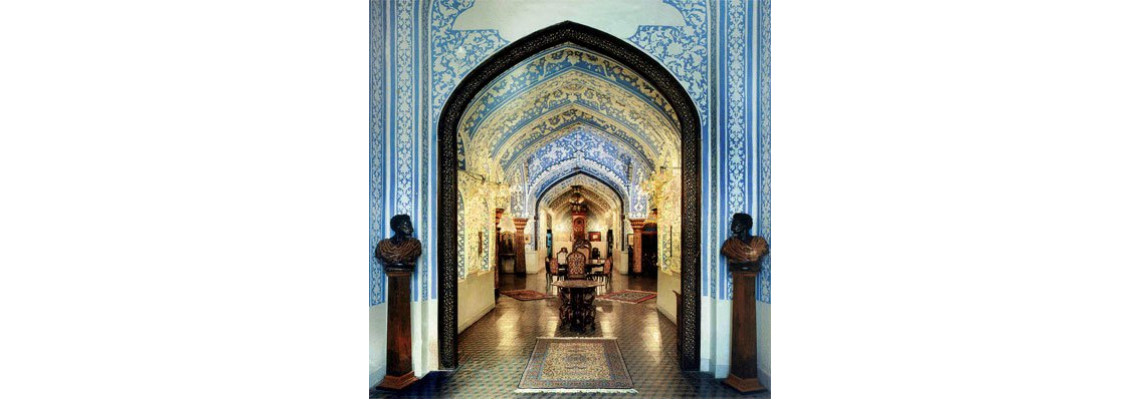
Buy Persian Handicrafts at: www.persianhandicrafts.com
Iran has commemorated the International Museum Day(IMD) and Cultural Heritage Week during a celebration held in Tehran. Iran’s Cultural Heritage, Tourism and Handicrafts Organization (CHTHO) honored the best museum curators of the year during the ceremony. Maragheh Museum of Ilkhanids Director Nasser Dabir, Masjed Soleiman Museum of Anthropology and Archaeology Director Shahram Omid and Darehshahr Museum of Anthropology Director Seyyed Mojtaba Farhadi were awarded during the ceremony, which was held at the Golestan Palace Museum.In addition, Afarin Emami, the director of the Niavaran Cultural Historical Complex, was also honored at the meeting, which was attended by CHTHO Director Masud Soltanifar and a number of cultural officials. Several curators of local museums were also awarded at the ceremony organized by the CHTHO to celebrate International Museum Day.
International Museum Day is a celebration that held every year on or around May 18. Indeed, following the definition of museums provided by ICOM, a museum is a non-profit, permanent institution in the service of society and its development, open to the public, which acquires, conserves, researches, communicates and exhibits the tangible and intangible heritage of humanity and its environment for the purposes of education, study and enjoyment.International Museum Day therefore serves as a platform to raise public awareness on the role museums play in the development of society today, on an international level. The festive day provides the opportunity for museum professionals to meet the public and alert them as to the challenges that museums face. Each year, all museums in the world are invited to participate in IMD to promote the role of museums around in the world, creating unique, enjoyable and free activities around a theme discussed within the ICOM community for this special day.
.jpg)
Since its creation in 1977, International Museum Day has gained increasing attention. From America to Oceania including Africa, Europe and Asia, this international event has confirmed its popularity. These recent years, International Museum Dayhas been experiencing its highest involution with almost 30,000 museums that organised activities in more than 120 countries.
On this occasion Iran Review presents the most famous museums of Iran:
- National Museum of Iran
- Carpet Museum of Iran
- Treasury of National Jewels
- Saadabad Museum - Palace
- Reza Abbasi Museum
- Golestan Palace
- Glassware & Ceramic Museum of Iran
- Abgineh Museum
- Niavaran Palace Complex.
(1).jpg)
National Museum of Iran, aging more than 70 years, containing 300,000 museum objects in an area more than 20,000 square meters, is not only the largest museum of History and Archaeology of the country, but ranks as one of the few most prestigious museums of the world in regard to grand volume, diversity and quality of its huge monuments. In the Iranian museum tradition it is considered Iran’s mother museum, aiming at preserving relics of the past to hand down to the next generations, enhancing better understanding among world peoples and nations, discovering and showing Iranian’s roles in shaping world culture and civilization and trying to enhance public knowledge.
In 1978, the founders of the Carpet Museum of Iran established this Museum with a limited number of Persian carpets and kilims, in order to revive and develop the art of carpet-weaving in the country, and to provide a source to satisfy the need for research about the historical background and evolution of this art. The Carpet Museum of Iran, with its beautiful architecture and facade resembling a carpet-weaving loom is located on the northwest of Laleh Park in Tehran. It is composed of two exhibition galleries covering an area of 3400 m2.The ground floor gallery is assigned for permanent exhibitions and the upper floor gallery is considered for the temporary exhibitions of carpets, kilims, and carpet designs.
(1).jpg)
The National Jewelry Treasury is housed within the Central Bank of the Islamic Republic of Iran, at the heart of the City of Tehran. Here is the most dazzling collection of gemstones and jewelry known in the world. The Crown Jewels of Iran have been little more than a legend in the past. Travelers marveled at the splendor surrounding the shahs of ancient Persia; but few were permitted to examine it in any detail. Now the most spectacular objects have been placed on public display and form one of the country's principal tourist attractions.
(1).jpg)
The Saadabad Palace is a palace built by the Pahlavi dynasty of Iran in the Shemiran area (north) of Tehran. This garden was the summer residence of Qajar Dynasty and has an area of 110 hectares, (275 acres). Reza Shah first lived there in the 1920s. Mohammad Reza Pahlavi moved there in the 1970s. After the Iranian Revolution it became a museum. The museums which are currently open to visitors are: Green Palace, Nation’s Palace, Military Museum, Water Museum, Behzad Museum, Museum of Fine Arts, Abkar Museum, Farshchian Museum, and Museum of Natural History.
.jpg)
The collections on display and in storage of this museum belong to a period from the 2nd millennium BC to the early 20th century which corresponds to the end of Qajar period. The displays are arranged chronologically, so visitors can have a chance to observe the development of art, culture and technology during this time interval. This setup has made the RAM unique between other museums in the country, in respect to the Iranian Art History. The objects exhibited in this museum include artifacts made of baked clay, metal and stone from the pre-historic times to pottery and metal objects, textile and lacquer painting belonging to the Islamic period. Other artworks on display in the RAM are paintings on canvas and paper, manuscripts and jewelry from pre-Islamic period, besides art and technology and calligraphy works of the Islamic period.
.jpg)
The oldest of the historic monuments in Tehran, the Golestan Palace (Palace of Flowers) belongs to a group of royal buildings that were once enclosed within the mud-thatched walls of Tehran’s Historic Arg (citadel). In its present state, Golestan Palace is the result of roughly 400 years construction and renovations. The buildings at the contemporary location each have a unique history. The Arg was built during the reign of Tahmasp I (r. 1524-1576) of the Safavid dynasty (1502–1736), and was later renovated by Karim Khan Zand (r. 1750-1779). Agha Mohamd Khan Qajar (1742–1797) chose Tehran as his capital. The Arg became the site of the Qajar (1794–1925). The Court and Golestan Palace became the official residence of the royal Qajar family. The palace was rebuilt to its current form in 1865 by Haji Abol-hasan Mimar Navai.
Glassware & Ceramic Museum of Iran, Abgineh Museum
.jpg)
As one of the Iranian famous museums, Abgineh museum comprises several halls and workshops and a library. Art works and handicrafts exhibited in this museum include three collections of porcelains, glassworks and crystals. The premises that have been turned into museum where glass and clay works are on display were built about 90 years ago upon orders of Ahmad Qavam (Qavam-ol-Saltaneh) for his personal lodging (residence and working office). The building is situated in a garden with a span of 7000 square meters and was used by Qavam himself till the year 1953.
.jpg)
Niavaran Palace Complex is a historical complex situated in the northern part of Tehran, Iran. It consists of several buildings and museums. The Sahebqraniyeh Palace, from the time of Naser al-Din Shah of Qajar dynasty, is also inside this complex. The main Niavaran Palace, completed in 1968, was the primary residence of Mohammad Reza Pahlavi and the Imperial family until the Iranian Revolution. The main palace was designed by the Iranian architect Mohsen Foroughi.

Malek National Museum and Library is a museum and national library in Tehran, Iran. It is one of the biggest library of precious manuscripts in Iran.
Malek National Library and Museum was stationed at Malek’s historical house until 1966. From that year the center was moved to a new building in the central part of Tehran and has expanded its activities.
The building and its contents were donated by Haj Hossein Agha Malek to the Astan Quds Razavi. Haj Hossein Agha Malek was one of the most remarkable intellectuals of the turn of the century in Iran and the most important art collector in Modern Iran. For over 70 years he has been associated with artistic donation, making it a familiar name among the Iranian lovers of art and culture. He donated most of his estate to the Astan Quds Razavi. The museum was funded by his estate and the site of the museum was also owned during his lifetime.

The museum was inaugurated in 1997. It currently contains around 19000 manuscripts, 70000 books as well as other historical items such as 3000 coins, stamps, carpets and paintings. Its most precious possessions are 13 paintings by Kamal-ol-molk and a manuscript collection with some of the finest Persian calligraphy.
The museum also holds a collection of oil paintings by Benettii, Lorrin, and Halaf, a remarkable selection of Persian carpets from regions across the country, metal works, lacquer works, and coins dating back to the Achaemenid era.
Compiled By: Firouzeh Mirrazavi
Deputy Editor of Iran Review
Buy Persian Handicrafts at: www.persianhandicrafts.com
Facebook: https://www.facebook.com/persispersianhandicrafts
Google+:https://plus.google.com/+Persiscraftspersianhandicrafts
Twitter: https://twitter.com/persiscrafts
Please Join Our Social Networks to Support us:
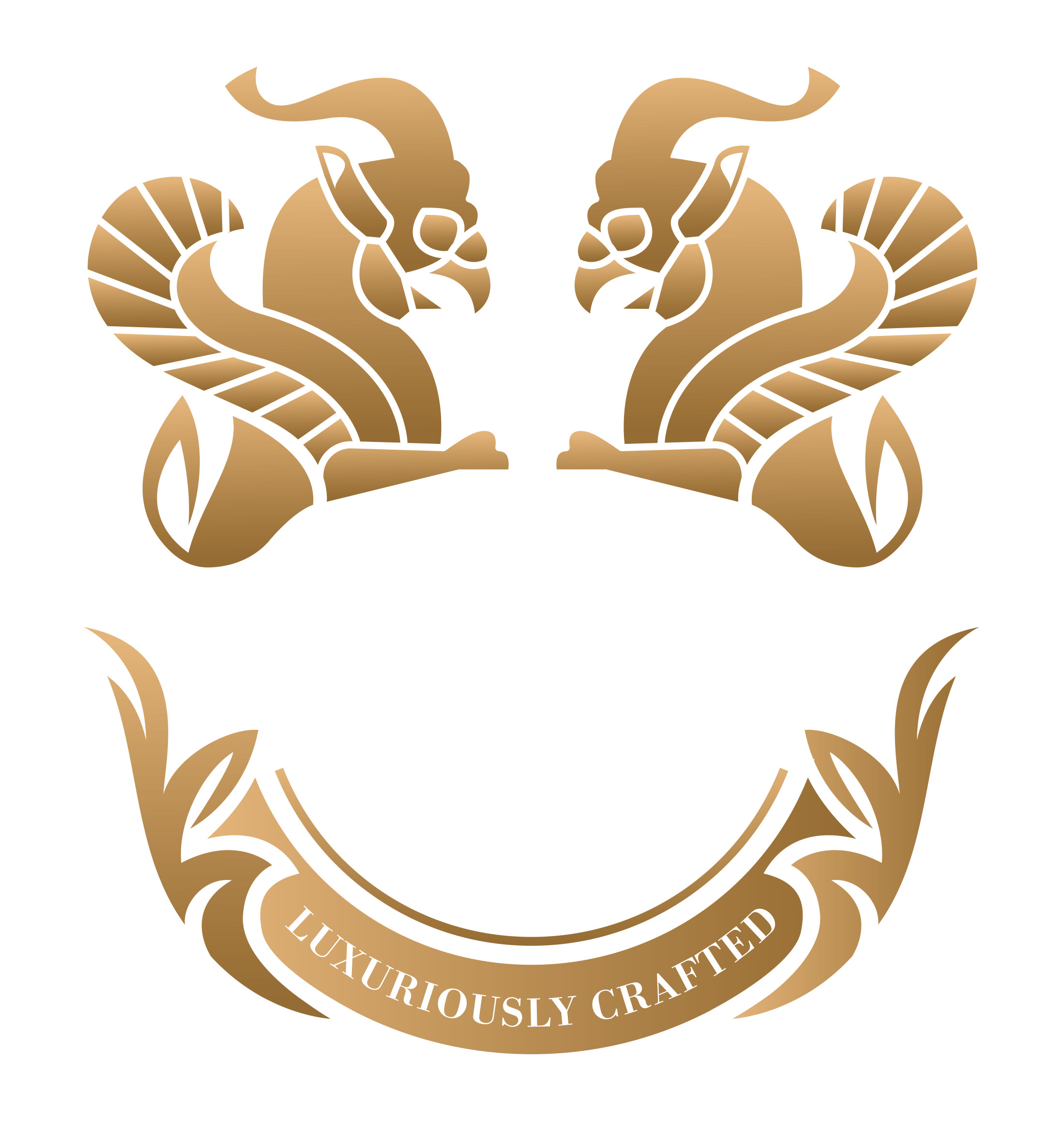
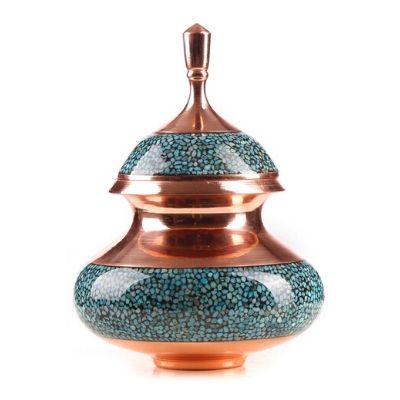
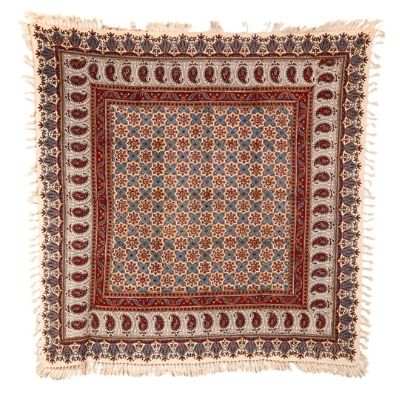
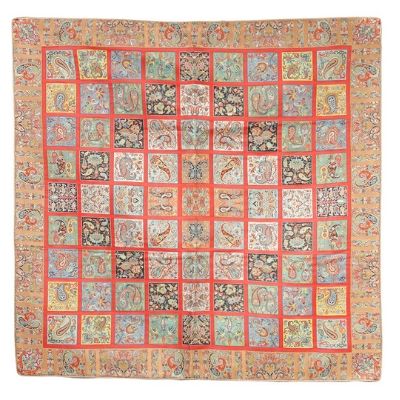
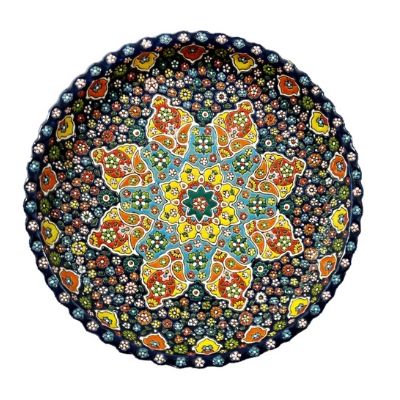
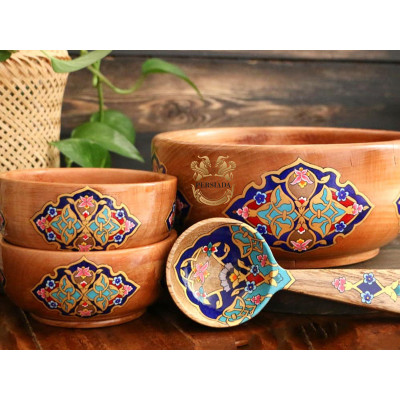
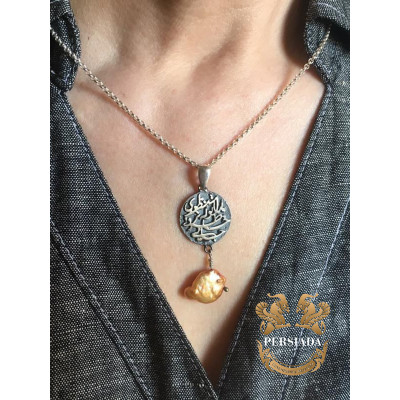
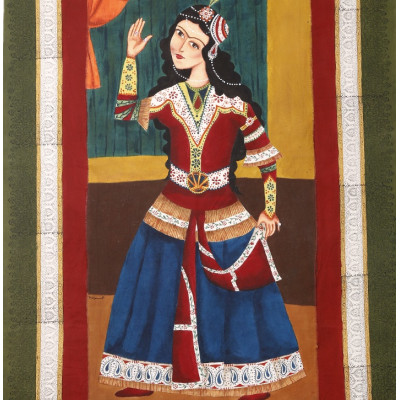
-400x400.png)
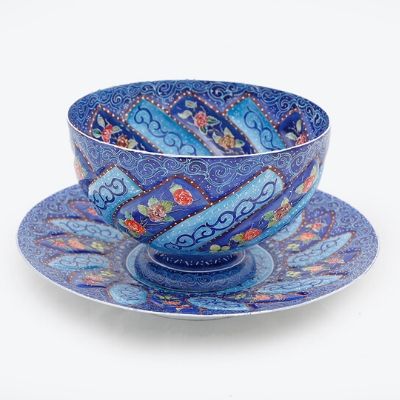
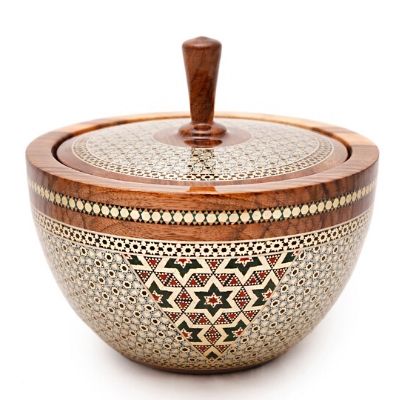
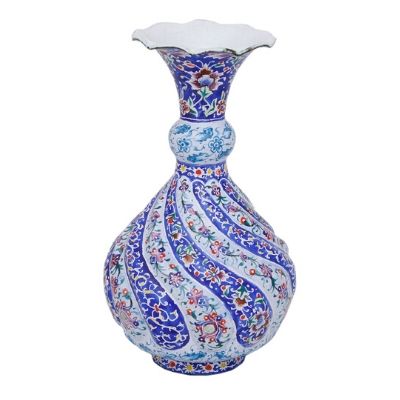
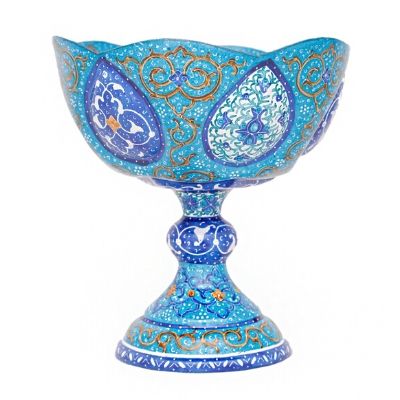
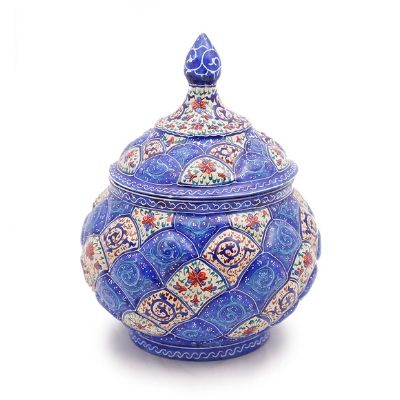
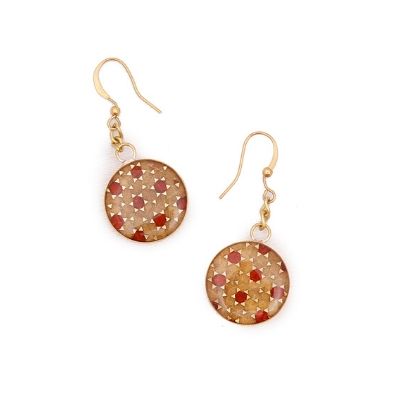
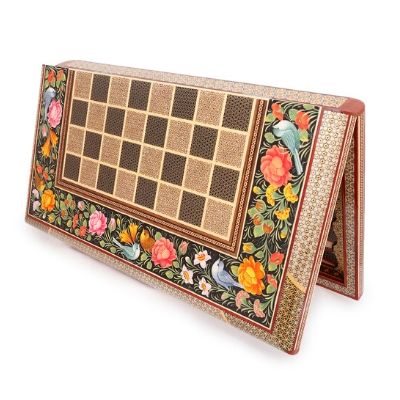
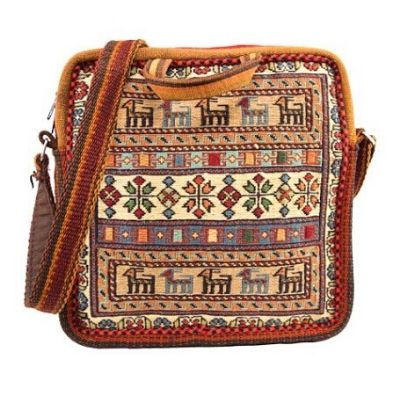
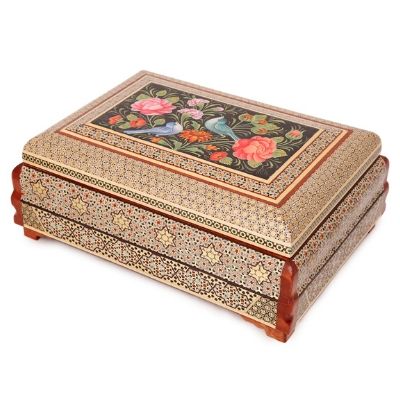
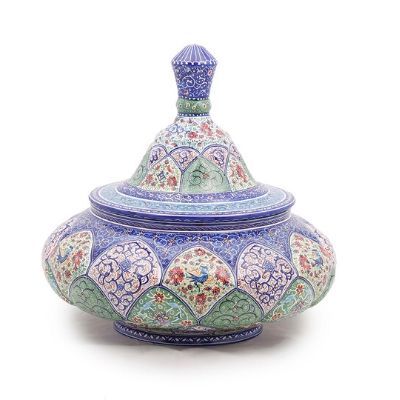
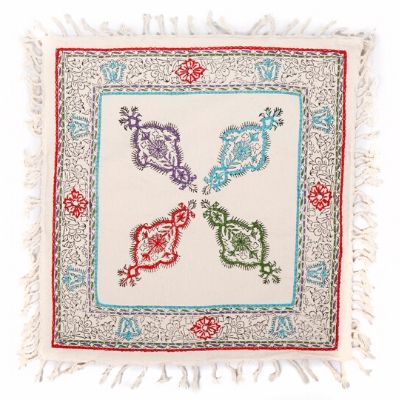
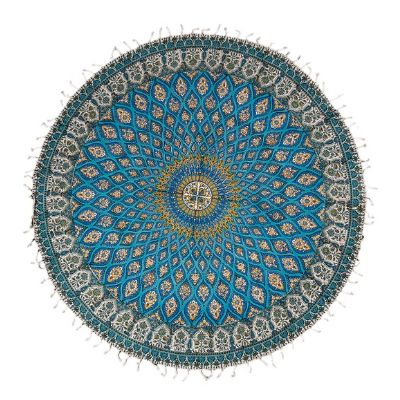
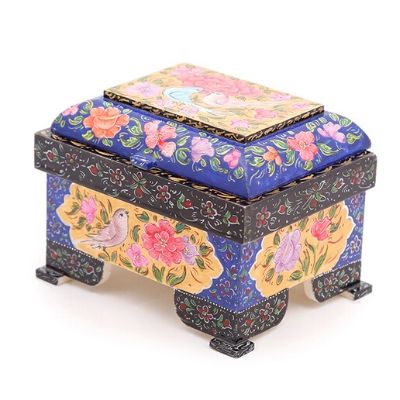
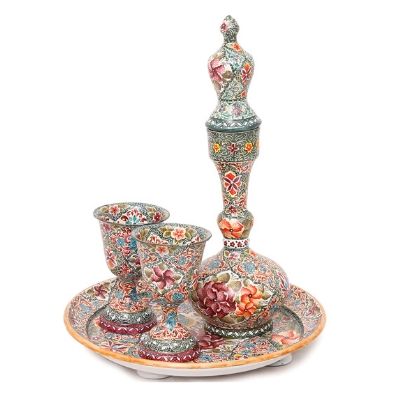
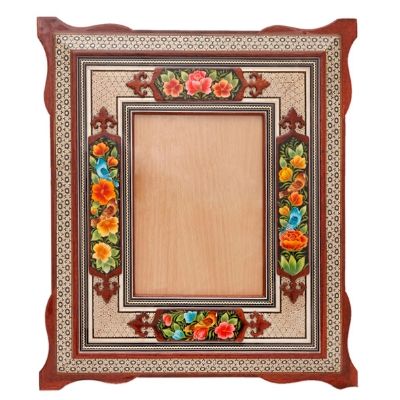
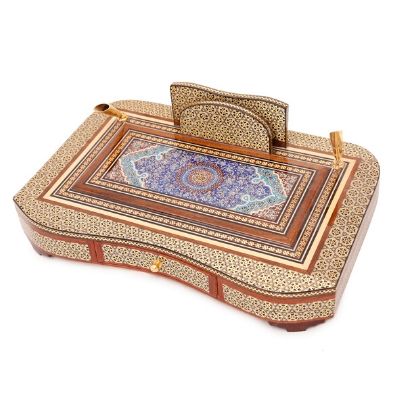
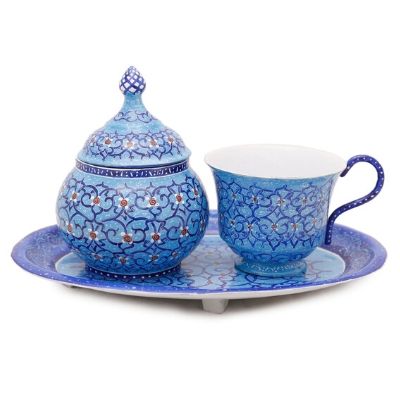
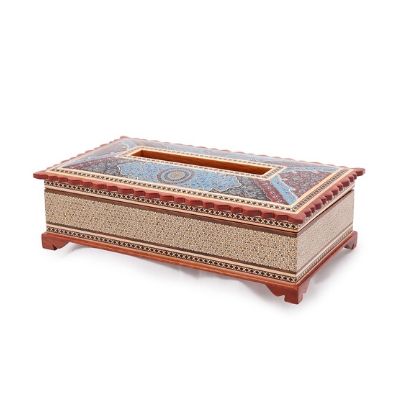
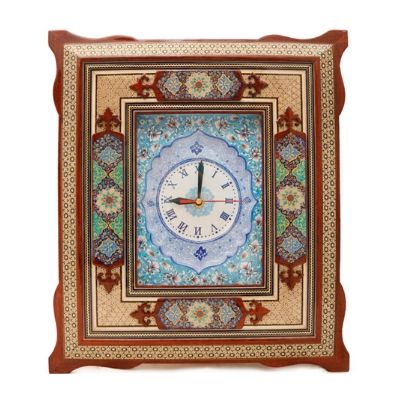
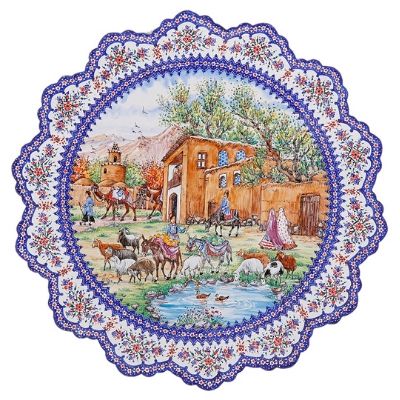
.jpg)
Leave a Comment